Once you have a baby, sleep occupies an enormous amount of brain space and decision-making energy. You think about when the baby last slept, when they’ll sleep next, how to make them sleep longer, and whether you’ll ever sleep again yourself (you will). In those hazy early months, it’s not just the baby that keeps parents up at night — it’s also worrying about doing everything right, especially when it comes to safe sleep.
Sudden Infant Death Syndrome (SIDS) is, understandably, a topic that panics parents. It refers to any unexplained death of a baby under a year old and often occurs while the baby is sleeping. Because the cause of SIDS is unknown, SIDS deaths are extremely difficult to predict beyond basic correlates like prematurity. There are ways to lower the risk (which I’ll get into below), but even with perfect adherence, SIDS is not fully preventable. But still, there is a sense that if we had better predictors of what makes an infant vulnerable, we could better monitor and prevent deaths.
SIDS deaths generally occur during sleep, and most of the discussion of SIDS prevention, therefore, focuses on sleep safety. Unfortunately, media coverage and public policy regulations on this topic can be quite confusing and panic-ridden. But the question is simple: How do I put my baby to sleep safely? Let’s go to the data.
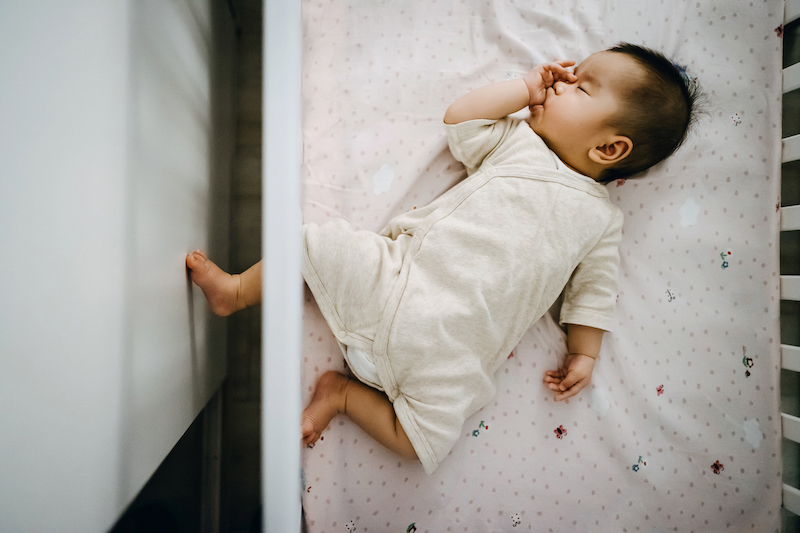
What does safe sleep look like?
There are four key components that are typically part of safe sleep recommendations. First, babies should be on their backs. Second, they should sleep alone in a crib or bassinet on a firm mattress. Third, they should be sleeping in the parents’ room (but not in their bed) for at least six months. Fourth, there should be no blankets, stuffed animals, or other soft things in the crib with them.
The recommendation against co-sleeping (recommendation number two) is related to a concern about suffocation if infants sleep with their parents. Co-sleeping is its own contentious issue, and we will not wade into it in detail here; there is more information in this post.
Similarly, the recommendation against blankets also relates to a concern about suffocation, especially with a small baby who cannot move their head well. This is a solid, common-sense recommendation for very young babies. The concern fades as babies age. SIDS is most common between 1 and 4 months, and a large majority of all cases happen before 6 months.
In this article, I want to focus on the other two recommendations: that babies should sleep on their backs and room share, both of which are argued to directly link to a lower risk of SIDS. I’ll also touch at the end on some smaller prevention approaches and whether there is evidence there.
The evidence for back sleeping
The “Back to Sleep” recommendation says simply that babies should be put to sleep on their backs to reduce the risk of SIDS. This recommendation is widely credited with significant reductions in infant mortality since its implementation in the early 1990s. There is a wide variety of literature that supports this recommendation, but until recently, there was no smoking-gun data.
In 2022, a new working paper was released that adds substantially to this evidence base and strongly supports the back sleeping recommendation.
The authors do a simple but powerful analysis using data from Denmark. Prior to December 1991, official governmental guidelines recommended that infants be put to sleep on their stomachs. After December 1991, these guidelines abruptly switched to recommend infants be put to sleep on their backs.
This new recommendation was implemented in many countries. And in these countries, there have been reductions in SIDS deaths beginning in 1992, in line with this timing. But time trends do not necessarily show causality.
These authors were able to make use of the fact that, in Denmark, there is a robust Home Visiting Program from nurses, which began in 1937, and by 1962, reached most families. This means that there are (still to this day!) multiple home nurse visits in the first year of a child’s birth, during which many pediatric guidelines are conveyed and implemented. So in 1991, the changed guidelines on sleep position were immediately shared by these visiting nurses, who implemented them. This sharp timing change allows researchers to determine whether the 1991 recommendation (in favor of back- and side-sleeping) resulted in a sharp change in SIDS deaths. To do this, the authors looked at SIDS mortality rates before and after December 1991.
What you see here is the sharp drop in the SIDS mortality rate after December 1991. The drop amounts to, on average, a decrease of 11 SIDS deaths per 10,000 births. The authors also see a drop in overall infant mortality, which is about 13 deaths per 10,000 births (about 17% of the pre-period mean). (This may be slightly larger than the SIDS number because not all SIDS deaths are classified correctly.)
Notably — and part of what makes this paper convincing — the graph below shows that back- and side-sleeping had no impact on non-SIDS infant deaths. (This means back- and side-sleeping are definitively tied to preventing SIDS specifically.) If there was something other than the implementation of back- and side-sleeping that was driving these improvements over time, we’d expect to see it show up here, and we do not.
The positive effects of back sleeping are larger for more vulnerable infants (low birth weight, preterm) and for families who likely have fewer resources (e.g., mothers who are less educated). This is consistent with the overall higher risk for these groups and possibly with the fact that it’s even more urgent for these groups to receive the back sleeping recommendation.
The evidence for room sharing
The current AAP guidelines, updated in 2022, recommend sleeping in the same room as your baby until 6 months. These replaced earlier guidelines, which recommended even longer. Older guidelines said “ideally for a year, but at least for the first six months.” The new ones say “ideally for the first six months.” The idea — largely theoretical — is that parents might hear changes in the baby’s breathing. There is no empirical evidence for this mechanism.
These updates are confusing to parents. Did new data come out to suggest one approach or another? The answer is no, there was no new data. These updates reflect a change in the AAP’s view of the tradeoff between safety and sleep quality for babies. In my view, this recommendation still overstates the benefits of room sharing.
The evidence on the value of room sharing is based on case-control studies; these are studies in which researchers identify some affected individuals (in this case, sadly, babies who died from SIDS) and collect information from their parents about, among other things, their sleep environment. They then identify some other babies who did not die and ask the same questions.
Case-control studies are not a strong way to learn about causal relationships. There are a small number of these studies that show some weak links between room sharing and lower risk of SIDS. But this evidence may well be driven by bias in the studies (other differences across the groups and differences in how people remember things), and even when there are impacts, they do not persist past about 4 months, when the largest risk of SIDS is gone.
On the flip side, there is evidence that infants who sleep in their own room by 4 months sleep better at 4 months, 9 months, and even better at 30 months.
Putting this together, the AAP has been dialing back this recommendation over time. A natural question is why the guideline isn’t 4 months or even eliminated altogether. This may be an overinterpretation of the case-control data by the AAP or a feeling that there are limited downsides to this recommendation. In my view, based on the data, reasonable people will choose to room share for shorter periods or never room share at all.
Other claims about SIDS prevention
Although the core claims on safe sleep focus on sleep position and location, there are a number of smaller recommendations about sleep behaviors that parents often hear. These include using a pacifier, having a fan, avoiding weighted sleep sacks, and breastfeeding (which I’ve written about before in Cribsheet). In general, the evidence for or against these is much more limited. They tend to rely on the case-control study type (see my complaints above), and most of the evidence is based on very small samples.
I’ll review what we know below but, bottom line, these behaviors are mostly neither risky nor protective, so you should not obsess over them in either direction.
Pacifier use
In the case of pacifiers, there are a number of case-control studies that point to a small reduction in risk with pacifier use. This meta-analysis from 2005 points to a 10% to 30% reduction in risk, with larger estimates if they focus on pacifier use at the last sleep. The consistency across a number of studies, the fact that the effects are larger when we adjust for confounding variables, and the higher estimate on the last sleep all contribute to the plausibility of this effect.
Overall recommendations note that without randomized controlled trials or large prospective studies, it’s difficult to be confident about these impacts. But the evidence is suggestive. And given that pacifiers have limited downsides (especially that the evidence shows no risk to breastfeeding), the risk-benefit trade-off may be worth it.
Room temperature
One case-control study, from Australia, pointed to an elevated SIDS risk from “bedroom heating.” This was poorly defined, and the magnitude of the results is fairly small. It could suggest overheating contributed to SIDS, but it’s difficult to conclude much from this study.
We do have some other, larger-scale evidence suggesting that higher outdoor temperatures are associated with elevated SIDS risks and other infant mortality risks. This evidence comes from day-to-day temperature variations and studies of all infant deaths in either the U.S. overall or in California over a long period. These papers add to a body of literature that is concerned about the health impacts of climate change, which is hugely important in the long term. However, the individual impacts are extremely small. To the extent that temperature and heat matter, it’s in a limited way.
Fan use
The evidence on fans is even weaker. There was a single study, published in 2008, that argued that running a fan (like an overhead or a box fan) in an infant’s room lowered the risk of SIDS by 72%. This would be an enormous effect — substantially larger than back sleeping, for example.
That study remains the only one demonstrating this link between SIDS and fans, and it’s not especially convincing. It’s, again, a case-control study. The recruitment was poor: less than 50% of the mothers contacted in either case or control agreed to participate. Beyond this, there are many other differences across the groups that are often associated with SIDS rates (maternal age, smoking, etc.). It’s really difficult to be confident, based on this data, that the fan itself is important. (Others have noted this also.) There isn’t anything wrong with using a fan, but this data isn’t convincing that it helps.
Avoiding weighted blankets and swaddles
The 2022 AAP recommendations for reducing SIDS also cautioned against the use of weighted blankets and swaddles. These are products like Nested Bean and Dreamland Baby swaddles. The statements in the AAP materials are fairly stark. They say, for example, “Weighted swaddle clothing or weighted objects within swaddles are not safe and, therefore, not recommended.”
This statement implies, to me, that there is some demonstrated evidence of lack of safety — perhaps evidence that has arisen since the last time the guidelines were written. However, the only evidence cited in this discussion is a paper that demonstrated that weighted blankets could be used safely (and with some efficacy) among a sample of 16 infants with neonatal abstinence syndrome. To be clear: this paper is evidence of safety. There is no data cited suggesting danger.
My sense, reading between the lines, is that the AAP is reacting to a lack of wide-scale direct evidence that these products are safe, combined with a theoretical concern that heavy blankets could imperil breathing. It chose to discuss these issues at this time because the products were becoming more popular. Either way, there is no conclusive evidence to prove that weighted blankets and swaddles directly contribute to SIDS deaths.
The bottom line
- Safe sleep guidelines (aimed at reducing the risk of SIDS) emphasize four main practices: putting babies on their backs, having them sleep alone on a firm surface, room sharing (not bed sharing) for at least six months, and keeping the crib free of soft items.
- There is strong data to show that putting a baby to sleep on their back is the best way to reduce the risk of SIDS.
- Room sharing for six months has less concrete data behind it. Reasonable people will choose to room share for shorter periods or never room share at all.
- Other claims about SIDS prevention include using a pacifier, having a fan, and avoiding weighted sleep sacks. These claims have even weaker evidence in support of them, but the behaviors aren’t inherently risky either. You should not obsess over them in either direction.








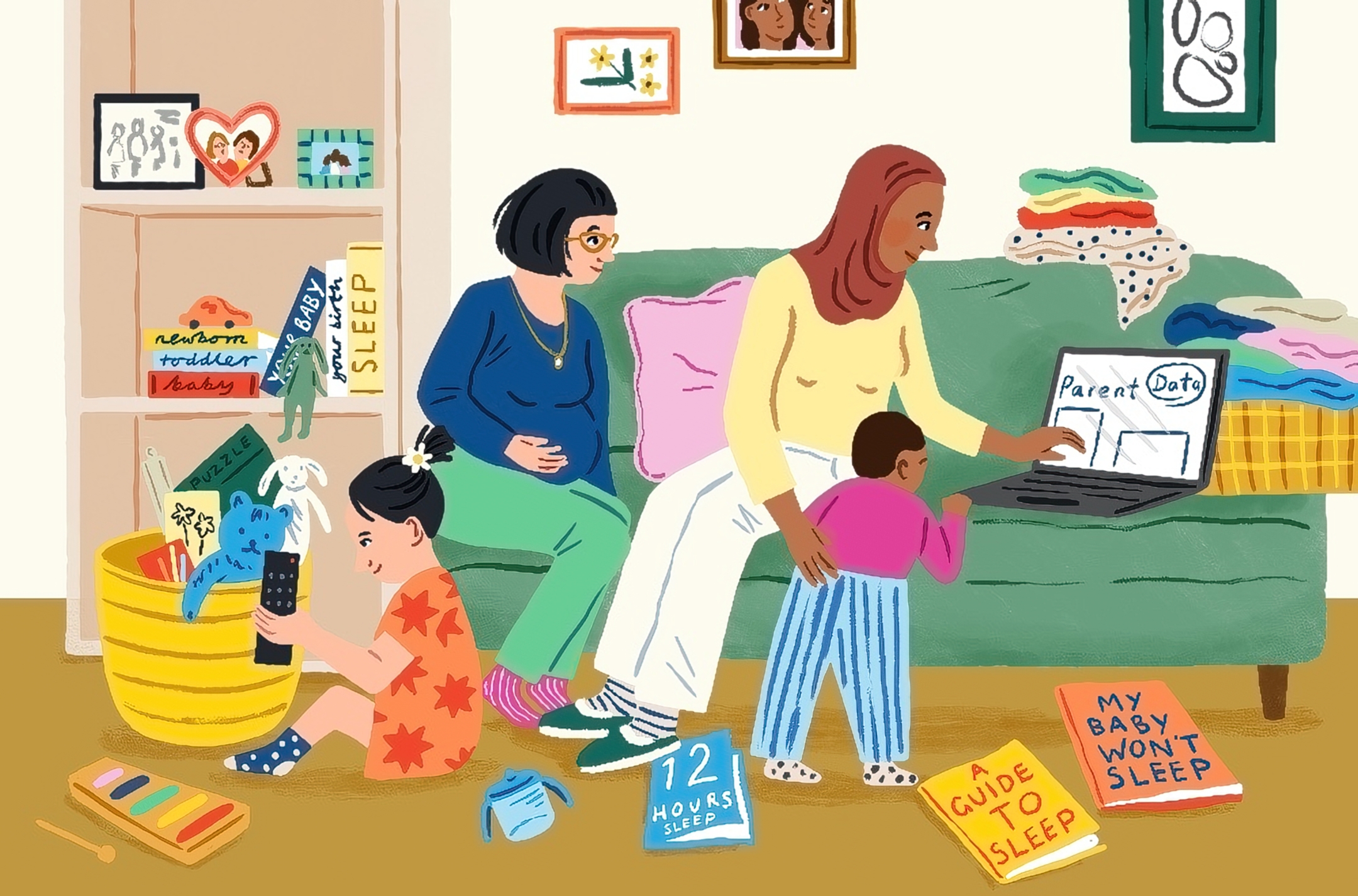

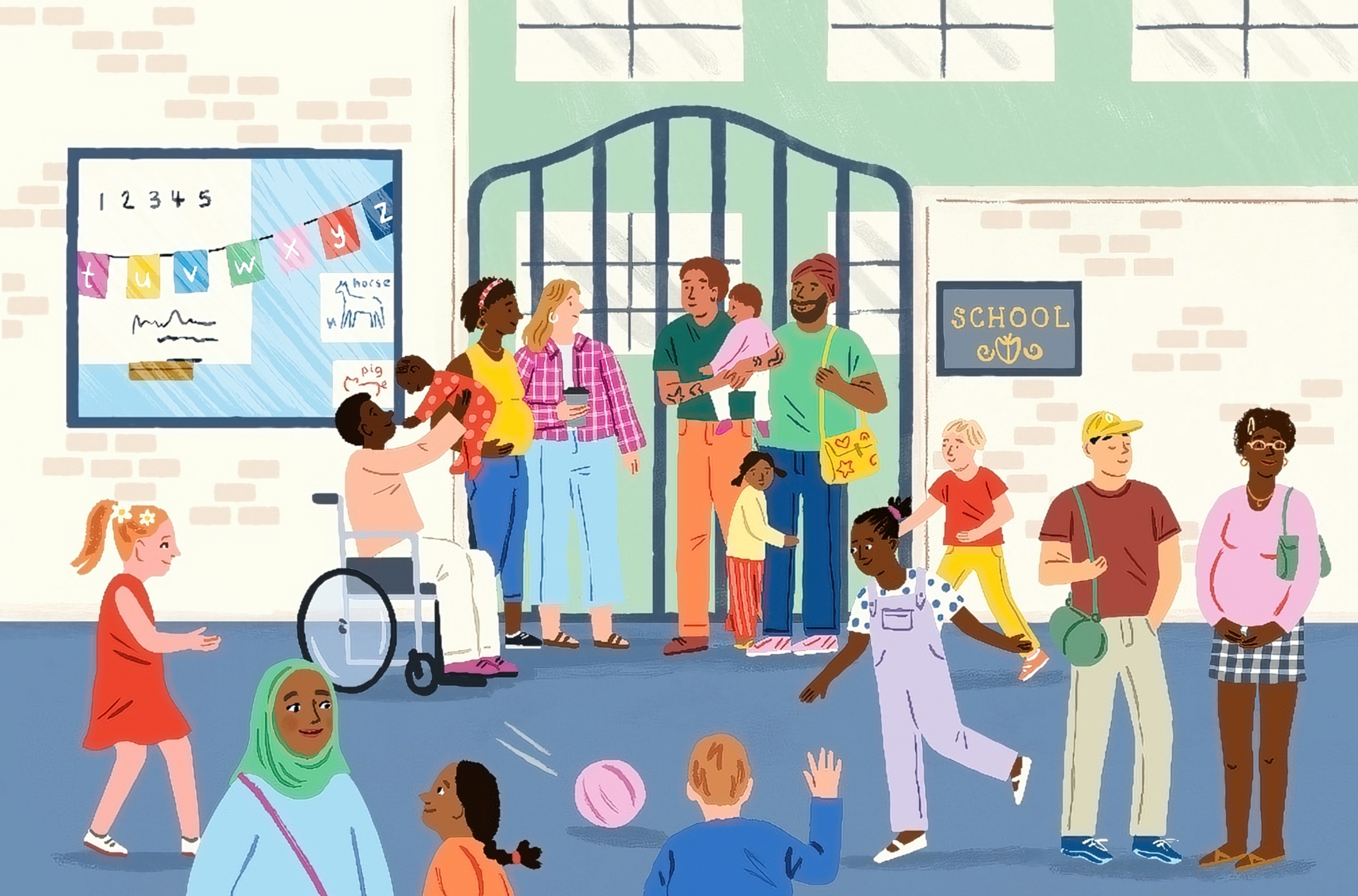
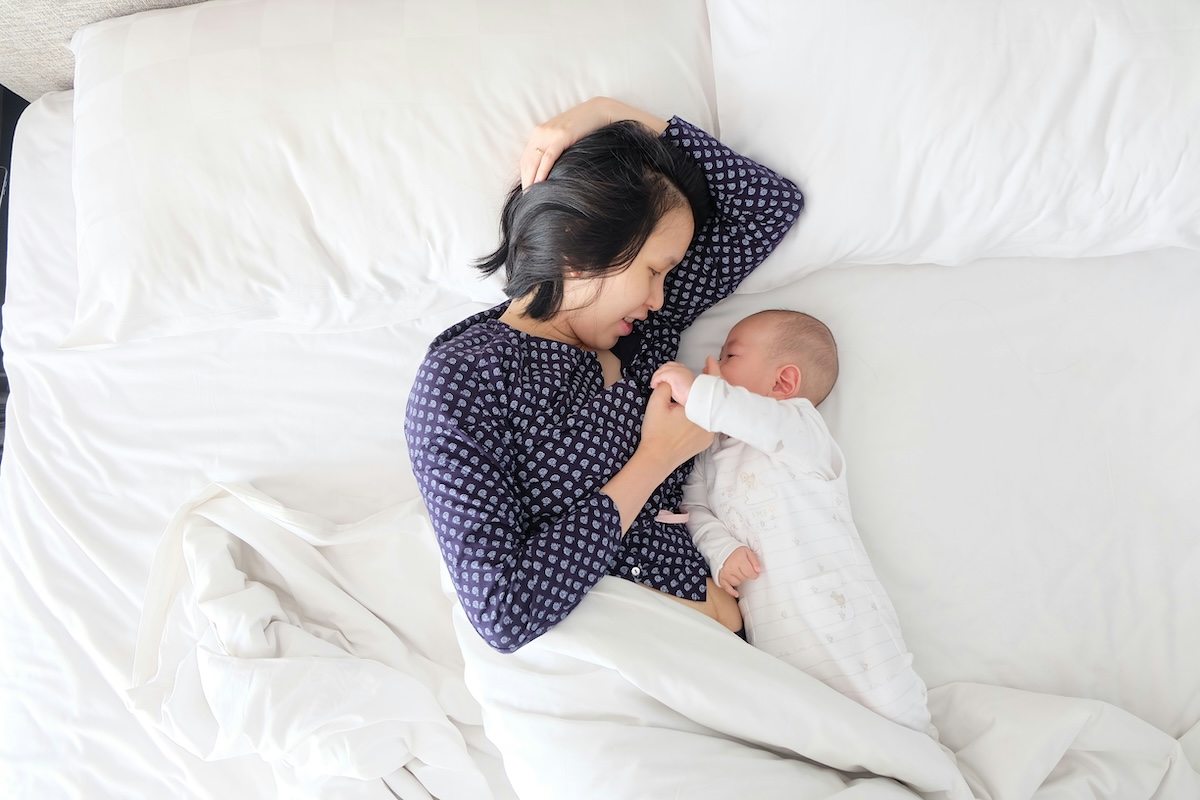
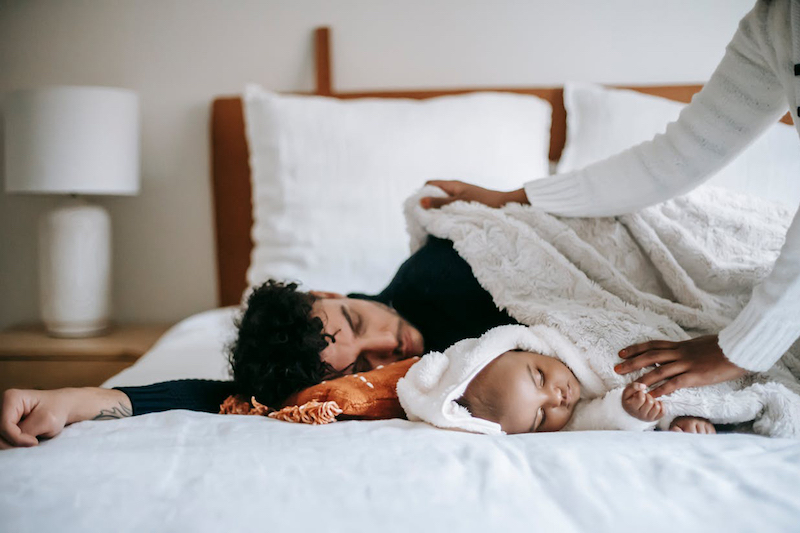
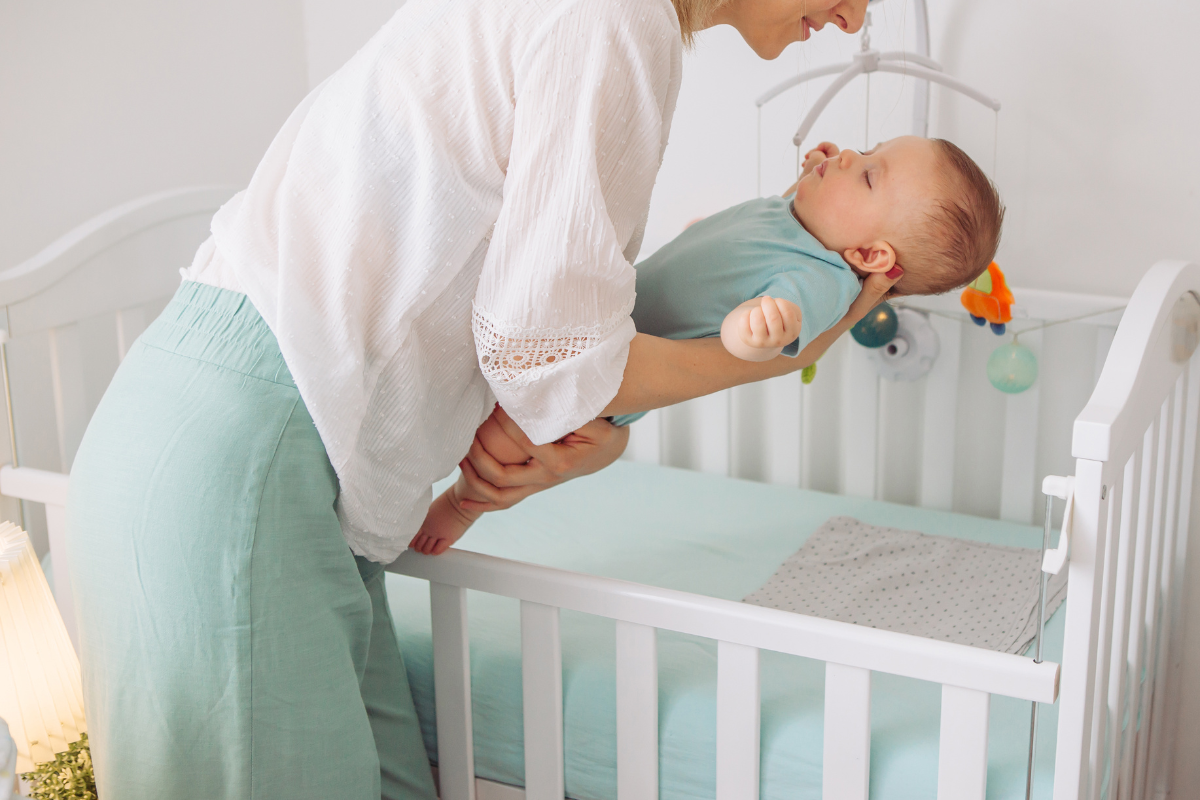

Log in